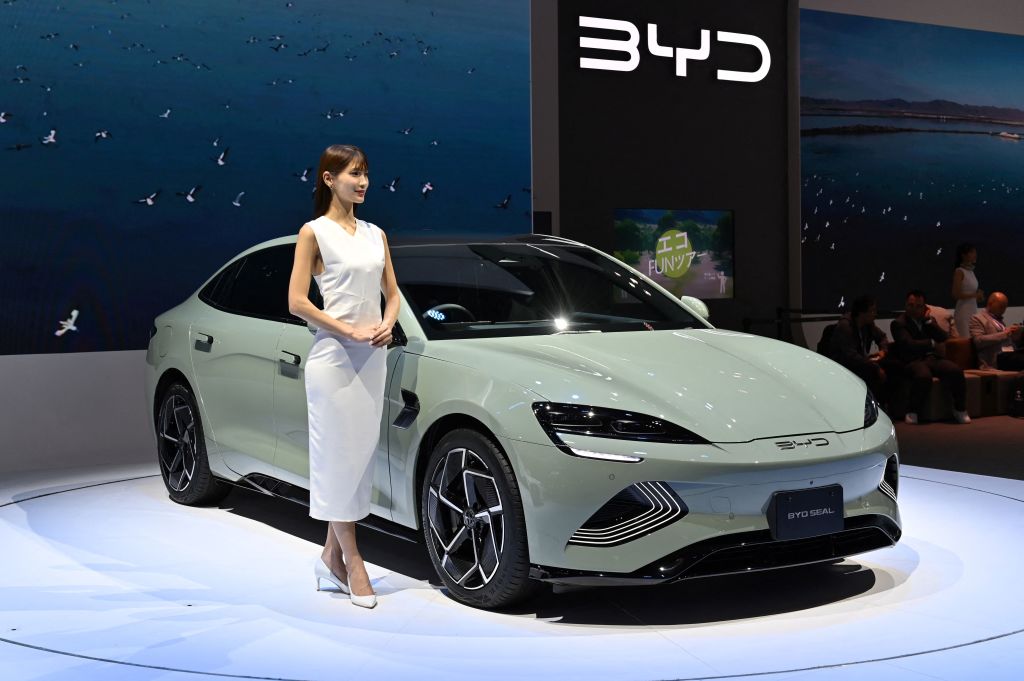

Do they really apply subsidies to exported cars though? 20k is about the same price as comparable Japanese mini EVs like Nissan Sakura. If the exported seagull were subsidized, surely it should be even cheaper than that?
It’s a good question. Subsidies typically apply to vehicles sold within the country providing the subsidy, aiming to boost domestic sales and adoption of EVs. For exported vehicles, the pricing strategy can differ based on various factors including import tariffs, shipping costs, and market competition.
While $20k might seem comparable to Japanese mini EVs like the Nissan Sakura, there are other elements to consider. For instance, export prices may reflect different costs or include added features to meet the standards and preferences of the target market. Additionally, manufacturers might price their vehicles competitively to balance quality, brand perception, and profitability rather than just cost minimization.
In the case of the Seagull, if it were subsidized domestically but sold for around $20k internationally, it suggests that the base production costs are kept low enough to be competitive even without export subsidies. Therefore, while subsidies can influence domestic prices significantly, their impact on export prices is typically less direct and more nuanced.

Yes, I recall reading about that issue as well. Chinese EV exports to Europe surged so rapidly that there were logistical challenges, including congestion at shipyards and ports. The sudden influx overwhelmed the infrastructure, leading to delays in getting vehicles from the docks to dealerships.
To address this, various measures were implemented, including improving port facilities, streamlining customs procedures, and increasing the efficiency of transportation networks. While such large-scale logistical issues can take time to fully resolve, there has been significant progress in alleviating the bottlenecks. The European market remains an important destination for Chinese EVs, and both Chinese manufacturers and European logistics providers have been working diligently to ensure a smoother flow of vehicles.
Continued monitoring and infrastructure investments are key to preventing such issues from recurring as the demand for EVs continues to grow.